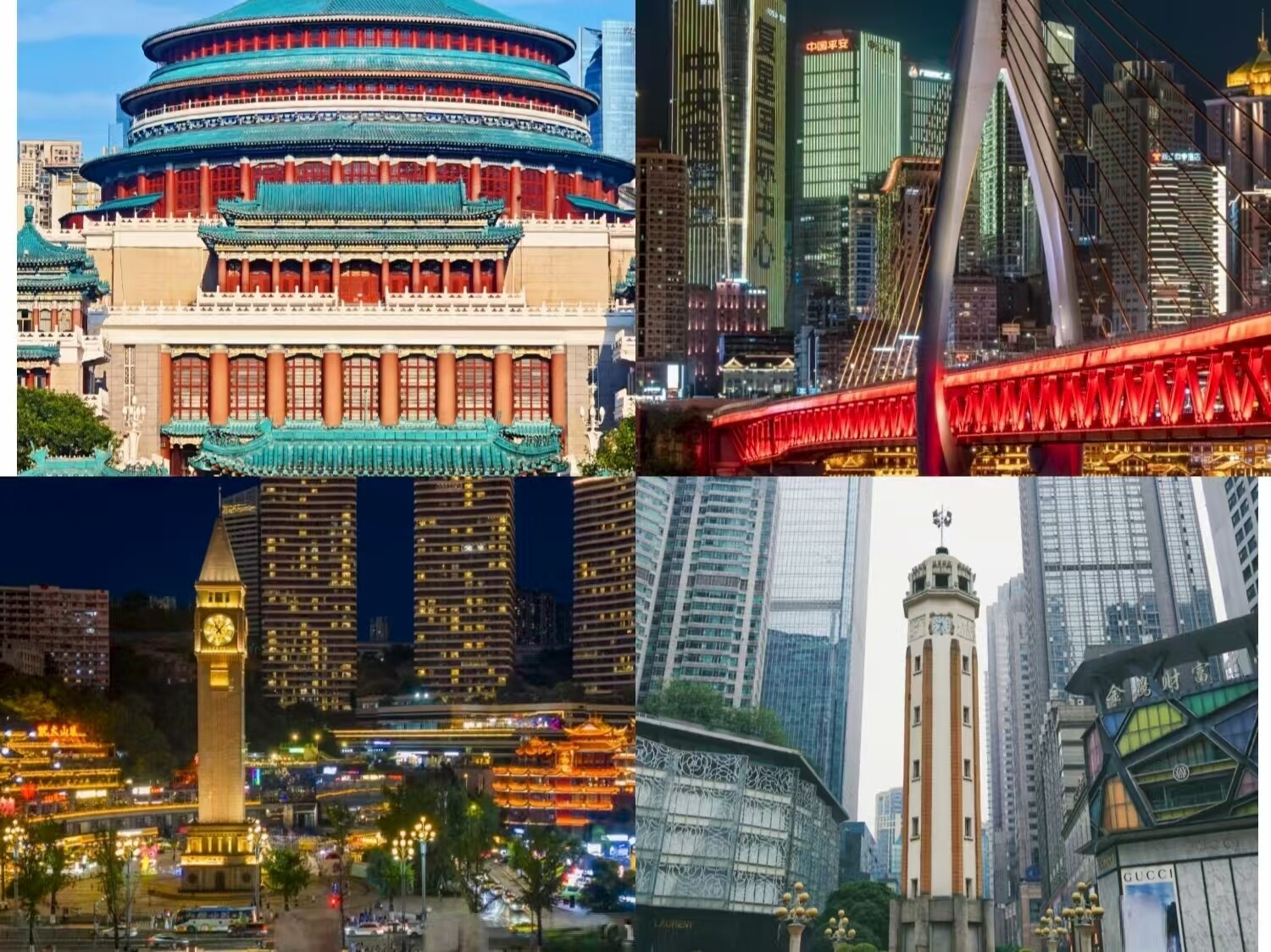Hello, I’m Lily Xia, a professional travel consultant with over two years of experience in the tourism industry, specializing in destinations across China. This guide is crafted based on my expertise to help you make the most of your short trip. The following article provides a comprehensive and practical guide for a two-day visit to Chongqing.
Introduction to Chongqing
Chongqing, a major metropolis in Southwest China, is a municipality directly under the central government. Known as the “Mountain City” due to its rugged hills and the “Fog City” for its frequent fog, it offers a unique urban landscape. Strategically located at the confluence of the Yangtze and Jialing Rivers, it serves as a crucial economic hub and a gateway to the Three Gorges. Its history as a wartime capital during WWII adds a layer of historical significance.
Tickets & Opening Hours
Ciqikou Ancient Town:It is free to enter. Opening hours: All day, but shops typically operate from 9:00 – 22:00.
Liziba Station Light Rail:It is free from the viewing platform below.Opening hours:6:30 – 23:00.
Jiefangbei CBD:Public pedestrian square, always open.
E’ling Park:The viewing tower offers the best panoramic night view.Tickets: ¥5. Opening hours: 8:00 – 22:00.
Main Attractions
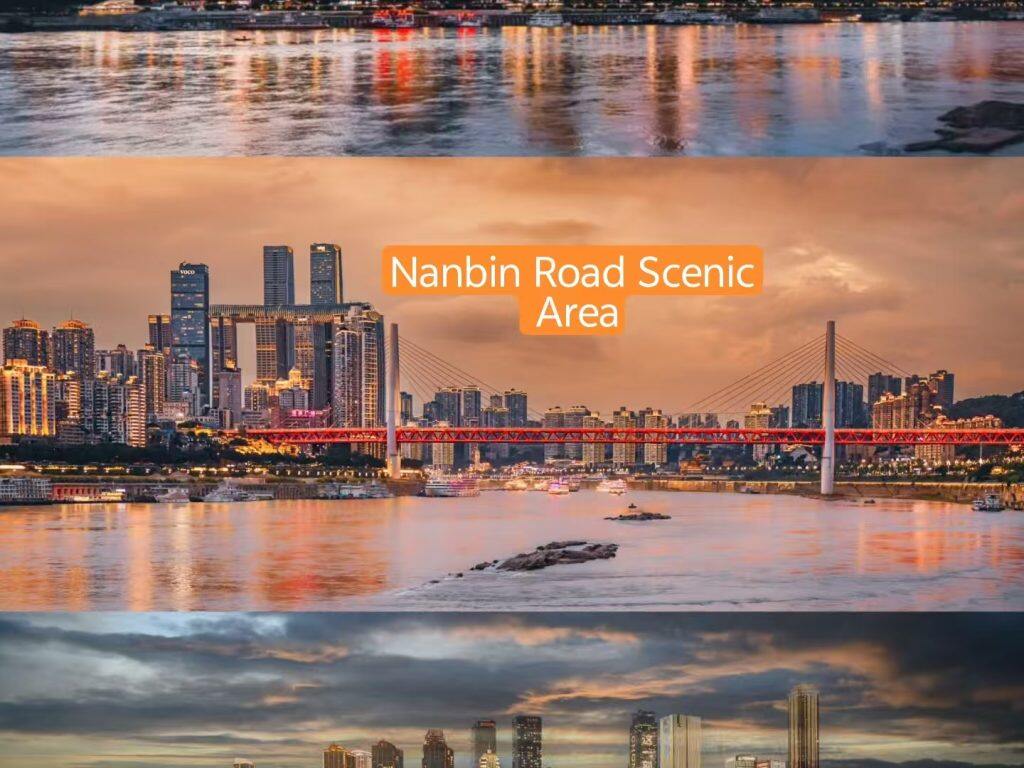
Nanbin Road Scenic Area: A beautiful riverside promenade perfect for walking, cycling, and photography.
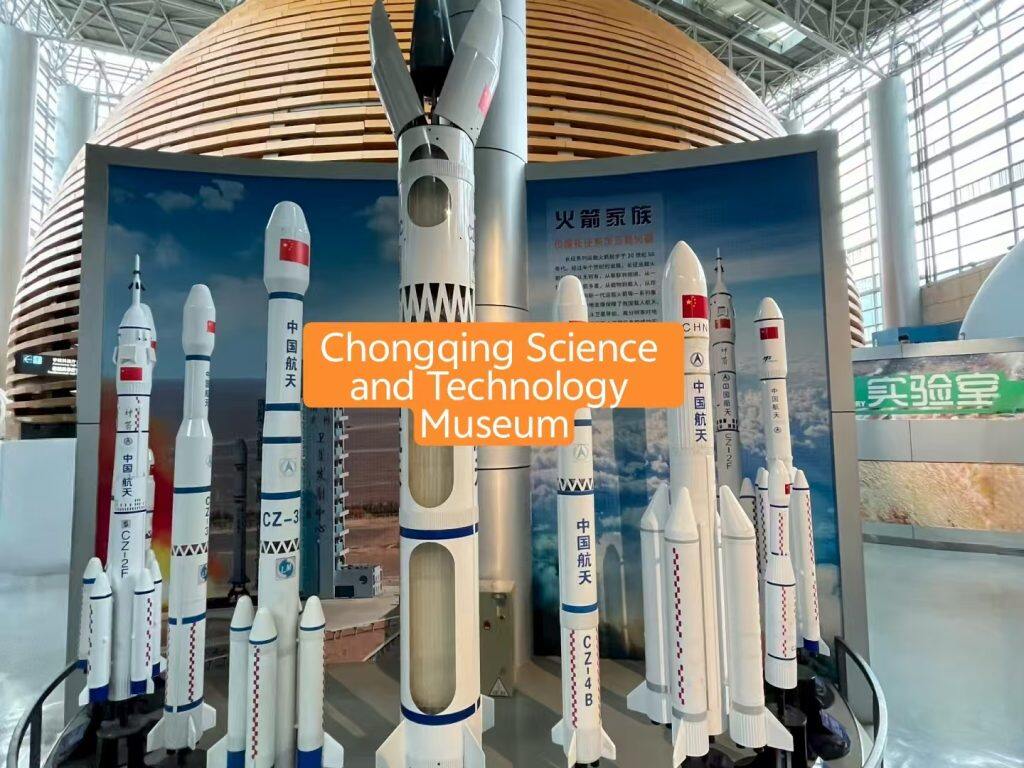
Chongqing Science and Technology Museum: A family-friendly attraction with interactive exhibits.
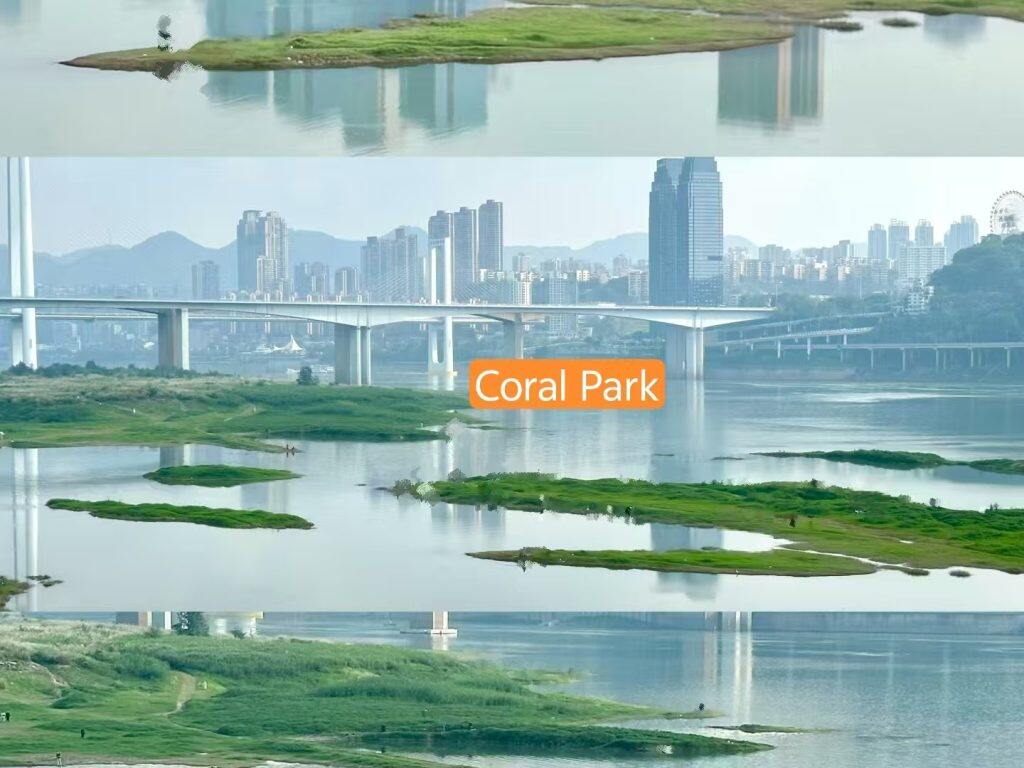
Coral Park: A lush green space ideal for relaxation and enjoying the river views.
Ciqikou Ancient Town: A preserved ancient town with a history of over 1,000 years. Its narrow, cobbled streets are lined with traditional architecture, teahouses, souvenir shops, and numerous food stalls. It can get very crowded but offers a glimpse into old Chongqing.
Jiefangbei Pedestrian Square: The heart of Chongqing’s shopping and business district. It features the People’s Liberation Monument and is surrounded by massive shopping malls, luxury brands, and a vibrant atmosphere day and night.
Transportation: How to Get There
Metro/Light Rail (Recommended): The best way to navigate the hilly terrain and avoid traffic jams. The network is extensive and connects all major attractions. Get a Chongqing Transportation Card or use the QR code from your AliPay/WeChat app at the gates.
Price:Fares range from ¥3-¥10 per trip depending on distance.
Taxi / Ride-hailing (Didi): Convenient for shorter distances or if you’re tired. Affordable. Useful for reaching specific entrances to hilly areas like Hongya Cave.
Price:Starting fare is around ¥10.
Bus: but routes can be confusing for non-Mandarin speakers and are subject to road traffic.
Price:Very cheap (usually ¥2),
Walking: Be prepared for many stairs and steep slopes. Use pedestrian overpasses and underpasses frequently.
Experiences & Activities
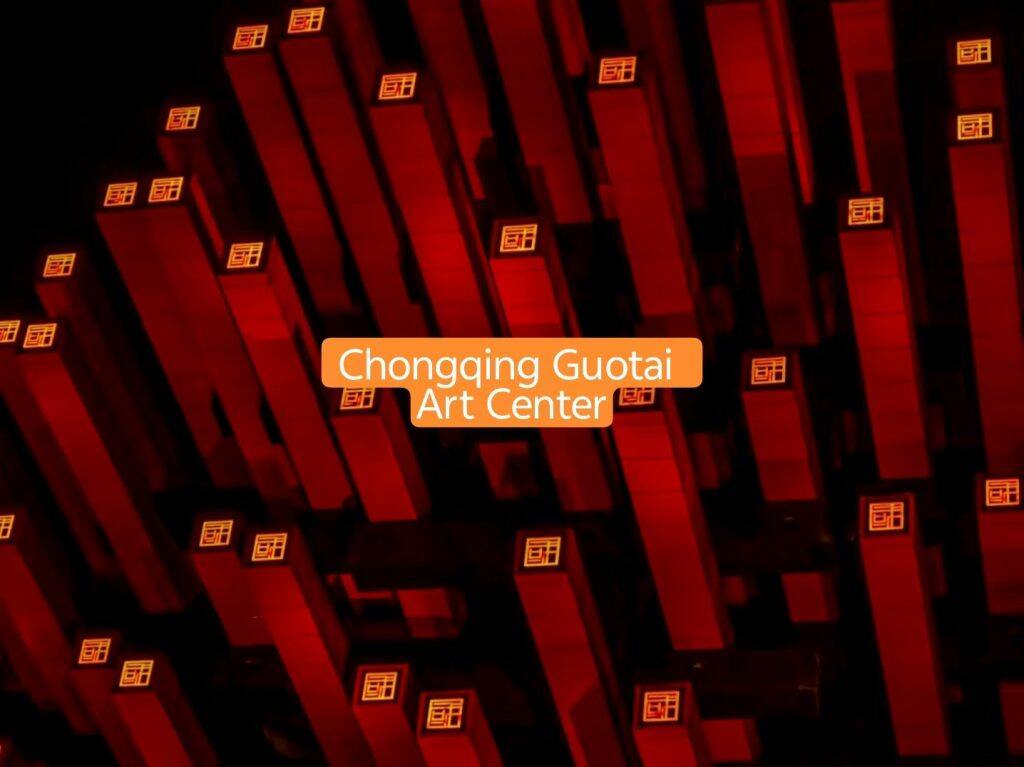
Enjoy the art center:It can deepen our understanding of art, making it a meaningful activity that enriches our spiritual life.
Take a walk:You can enjoy a leisurely stroll along the riverside promenade
Take a river cruise:You can see the city skyline from the water (cruise ticket: ¥50-100)
Visit the museum:You can visit the Chongqing Science and Technology Museum for interactive fun
Food Guide
Chongqing is synonymous with spicy food. Its cuisine is part of the Sichuan culinary tradition.
Snacks at Ciqikou: Try Mao Xue Wang (a spicy stew with blood curd and intestines), Suancai Fen (vermicelli with pickled vegetables), and various spicy skewers.
Hot Pot: The absolute must-try. Choose a spicy broth (often split into a Yin-Yang pot with a non-spicy side). Popular items: thinly sliced beef, tripe, duck intestine, blood tofu, and various vegetables.
Price: ¥80-¥150 per person.
Chongqing Noodles: A simple but delicious breakfast or lunch. Wheat noodles in a spicy, numbing broth topped with minced pork and peanuts.
Price: ¥10-¥15.
Q&A
Q: Is Chongqing very hilly?
A: Yes, absolutely. It is built on incredibly steep terrain. Be prepared to walk up and down many stairs and slopes. Comfortable shoes are essential.
Q:hat is the best time to visit?
A: Spring (Apr-Jun) and Autumn (Sep-Oct) are best, with pleasant temperatures. Summer is extremely hot and humid, often called a “furnace.” Winter is chilly, damp, and foggy.
Q: Is public transport easy to use for foreigners?
A: The metro system is very user-friendly with signs in pinyin and English. Buying single-journey tickets from machines is straightforward. For buses, it’s more challenging without Chinese language skills.

Lily Xia
She is Lily Xia,a 25 years old gilr.
For over ten years, she’ve been traveling with her camera,
and her greatest passion is capturing the beautiful moments,
places, and especially the people she meet along the way.

